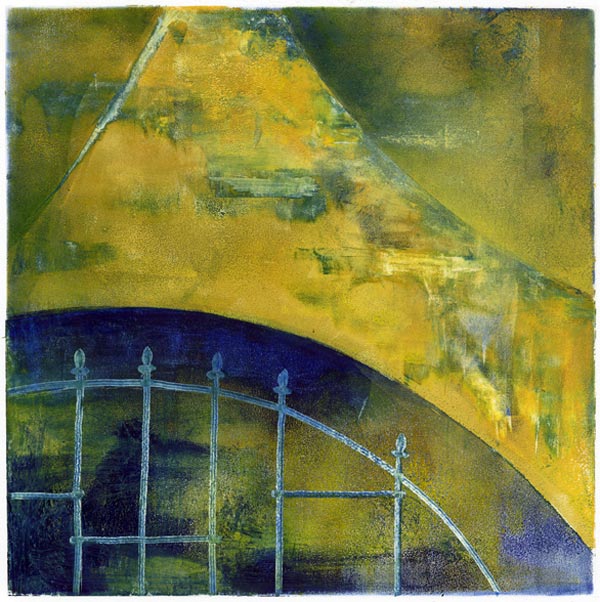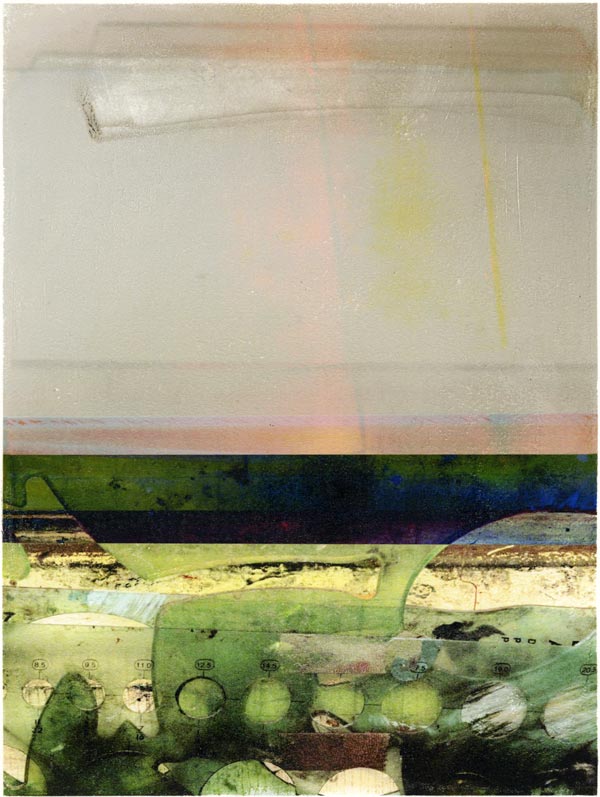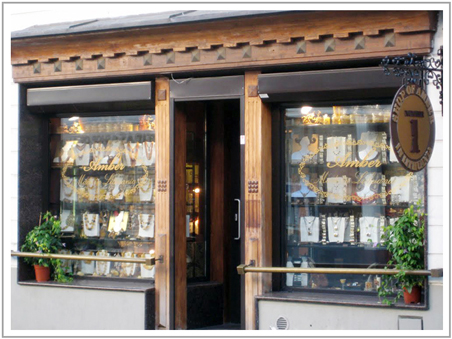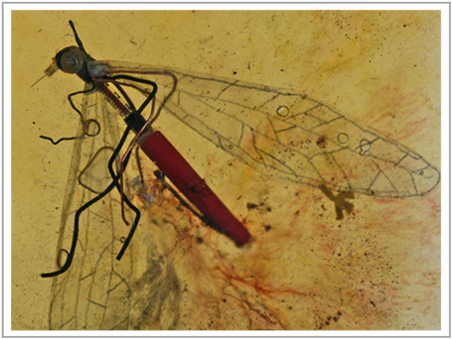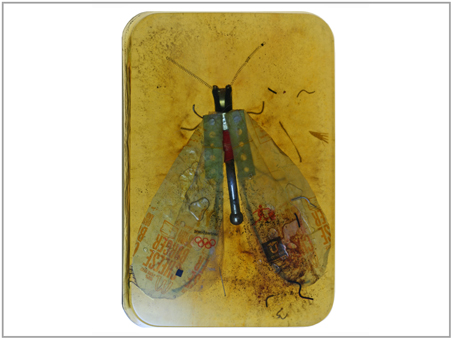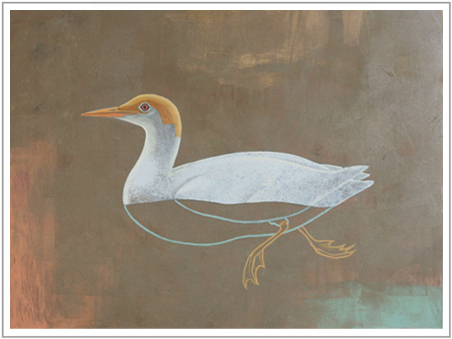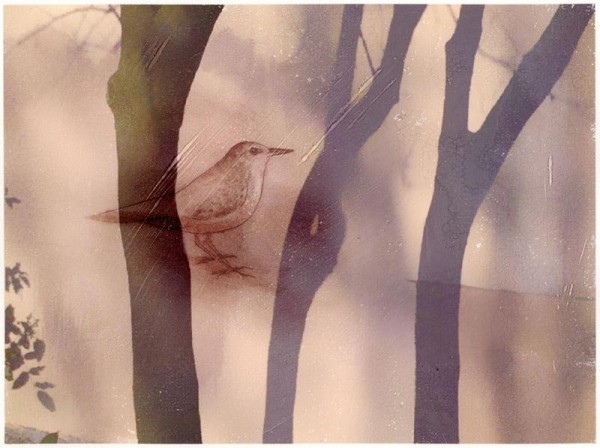This is the summer of endless elegy. The forms and colors of winter persist even as the sun comes out for a day or two and temperatures climb above 70. The newly planted vine maple is already turning red and I have not yet gone swimming. Only the foxgloves have been jubilant; this is the year I realized they aren’t weeds and let them go wild, a pearl and purple trumpet section playing throughout the garden.

This transfer print blends the layers of sunlight past with autumn’s melancholies. The echinacea laid its stems at my feet last October. The sunlight came from my favorite yellow wall at 85th and Greenwood, photographed in 2009, recently graffitied with a luscious red heart and then abruptly painted beige. I am glad I captured its past life in my archives.
I am focusing on transfer prints exclusively right now, enraptured with the tools of the camera and the newest version of Photoshop. I am in that place where you try absolutely everything and sit back dazzled, and then subtract ninety percent of the possible, in search of the necessary. I’ll be moving back and forth all summer between two very different themes: the garden, and the street. The hard urban surfaces seem to need the antidote of what grows from the watering can and dirt. See more of these images in the gallery The Natural World
